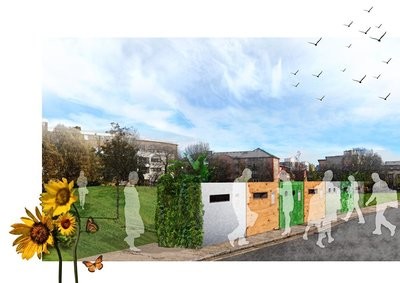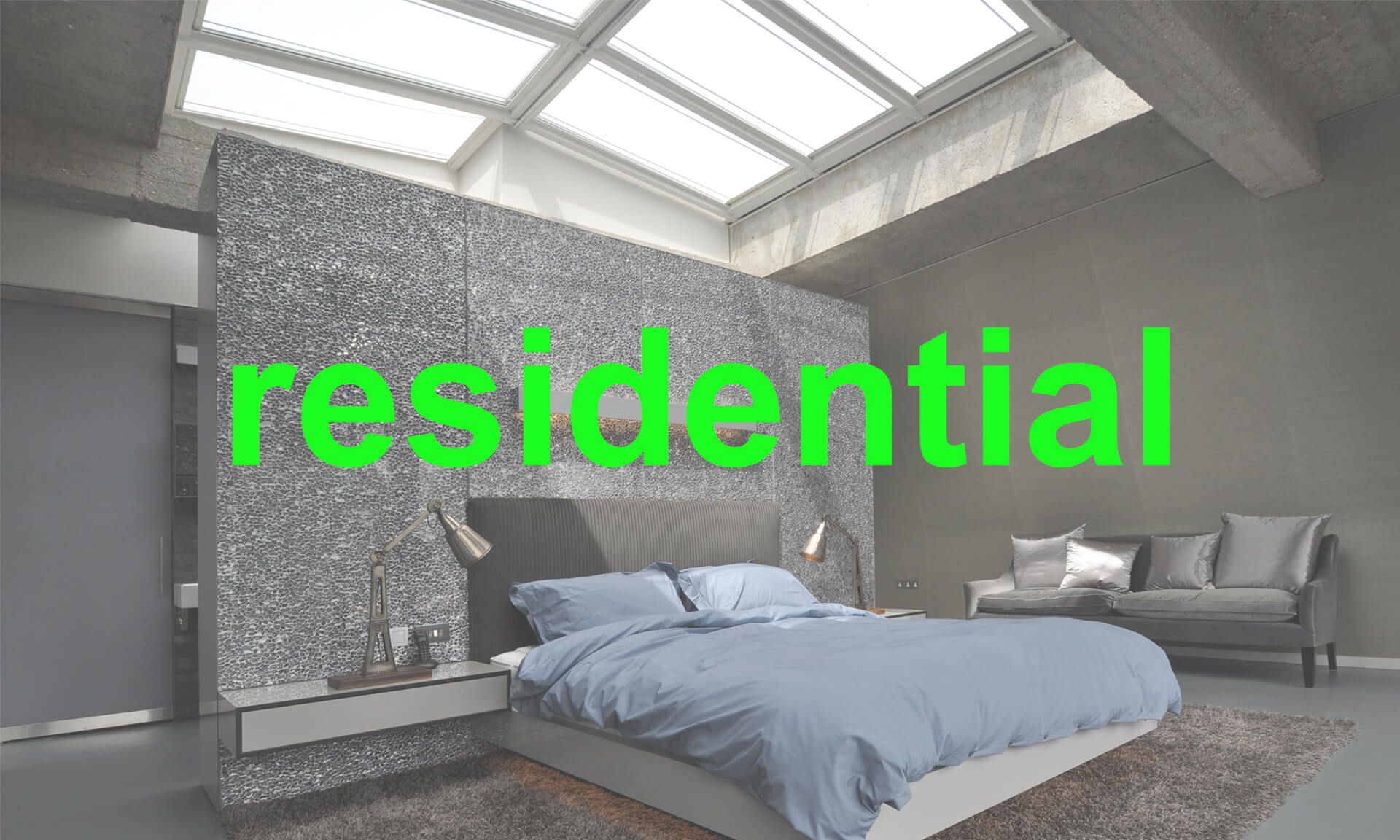
residential
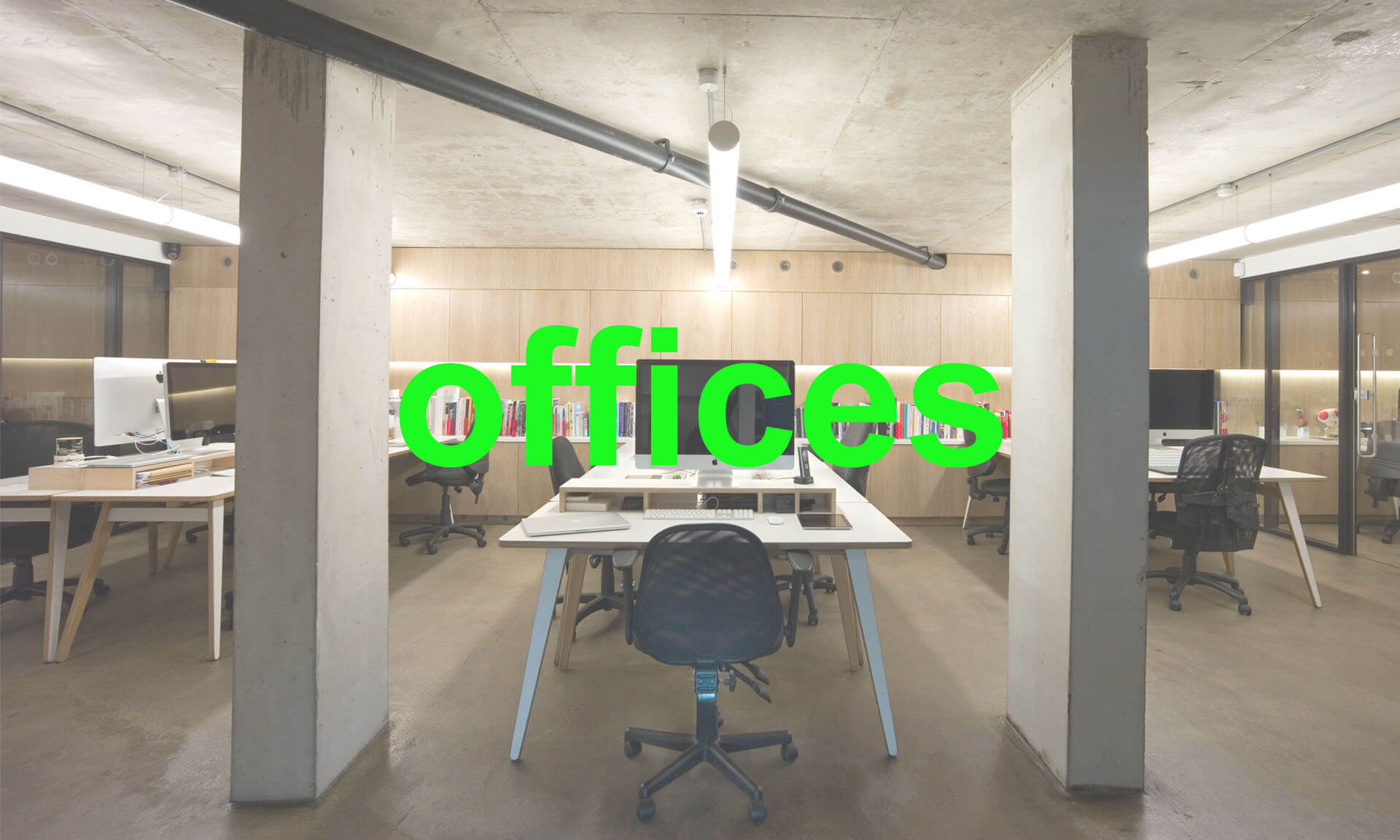
offices

houses
Write your caption hereButton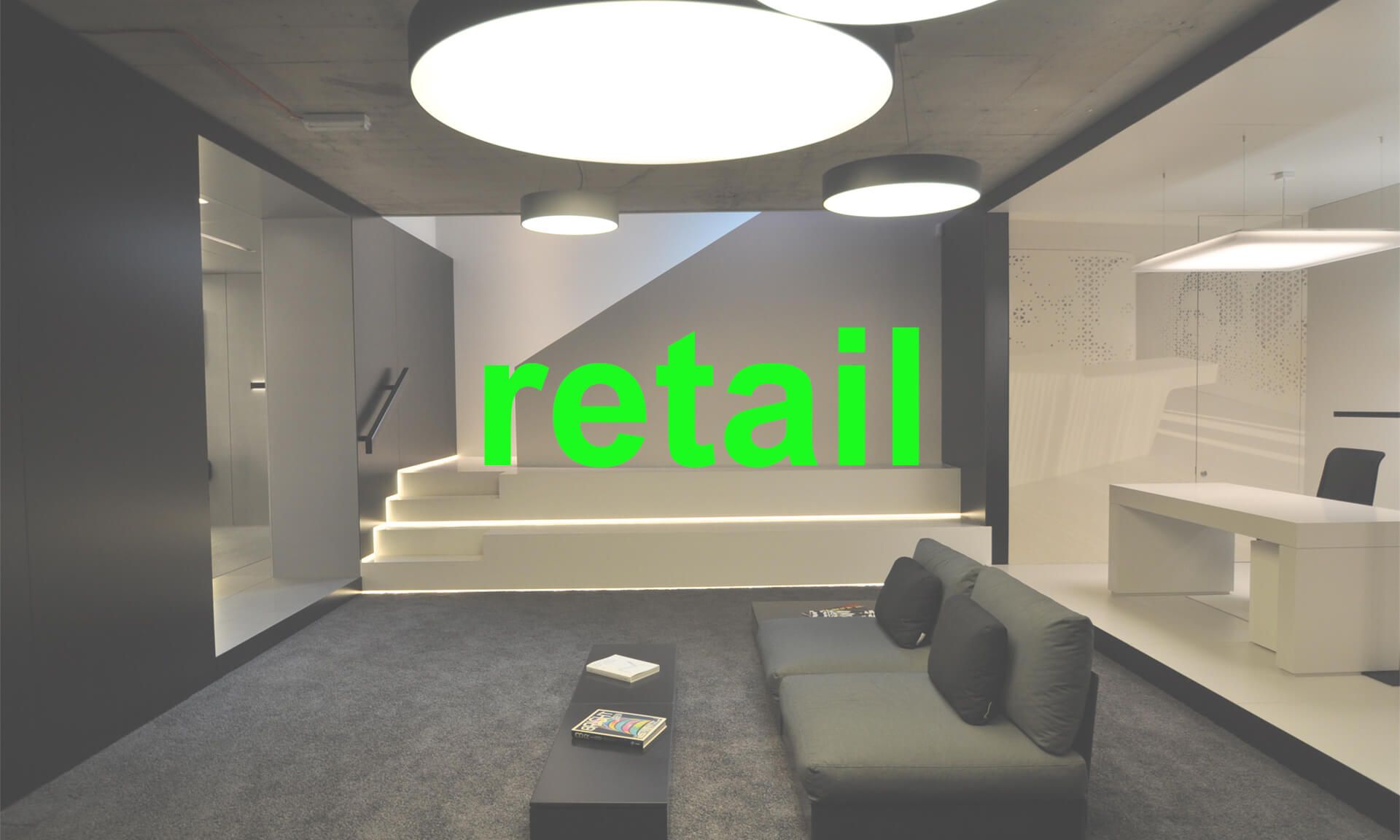
retail
Write your caption hereButton
housing
Write your caption hereButton
extensions
Write your caption hereButton
conversion
Write your caption hereButton
interior design
Write your caption hereButton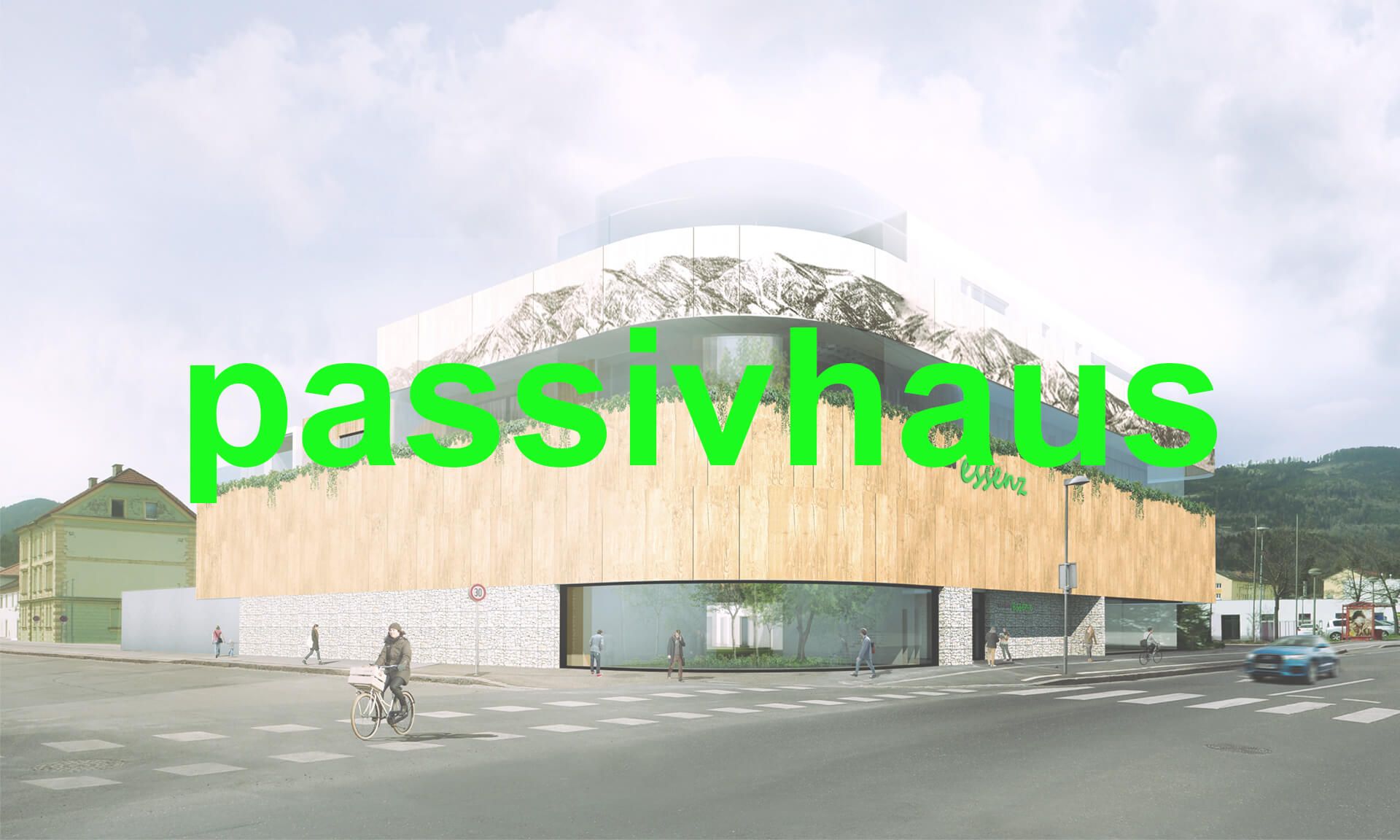
passivehaus
Write your caption hereButton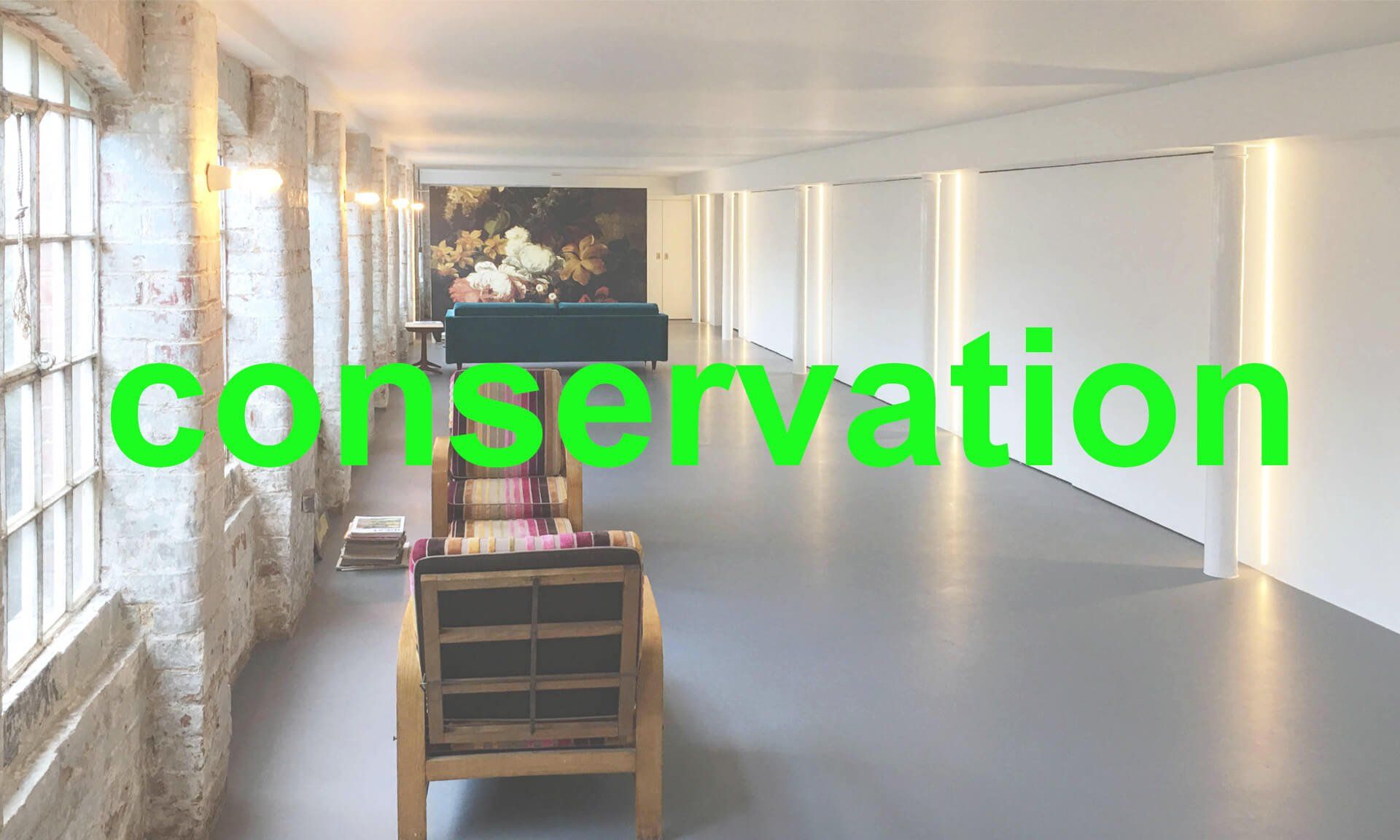
reservation
Write your caption hereButton
leisure
Write your caption hereButton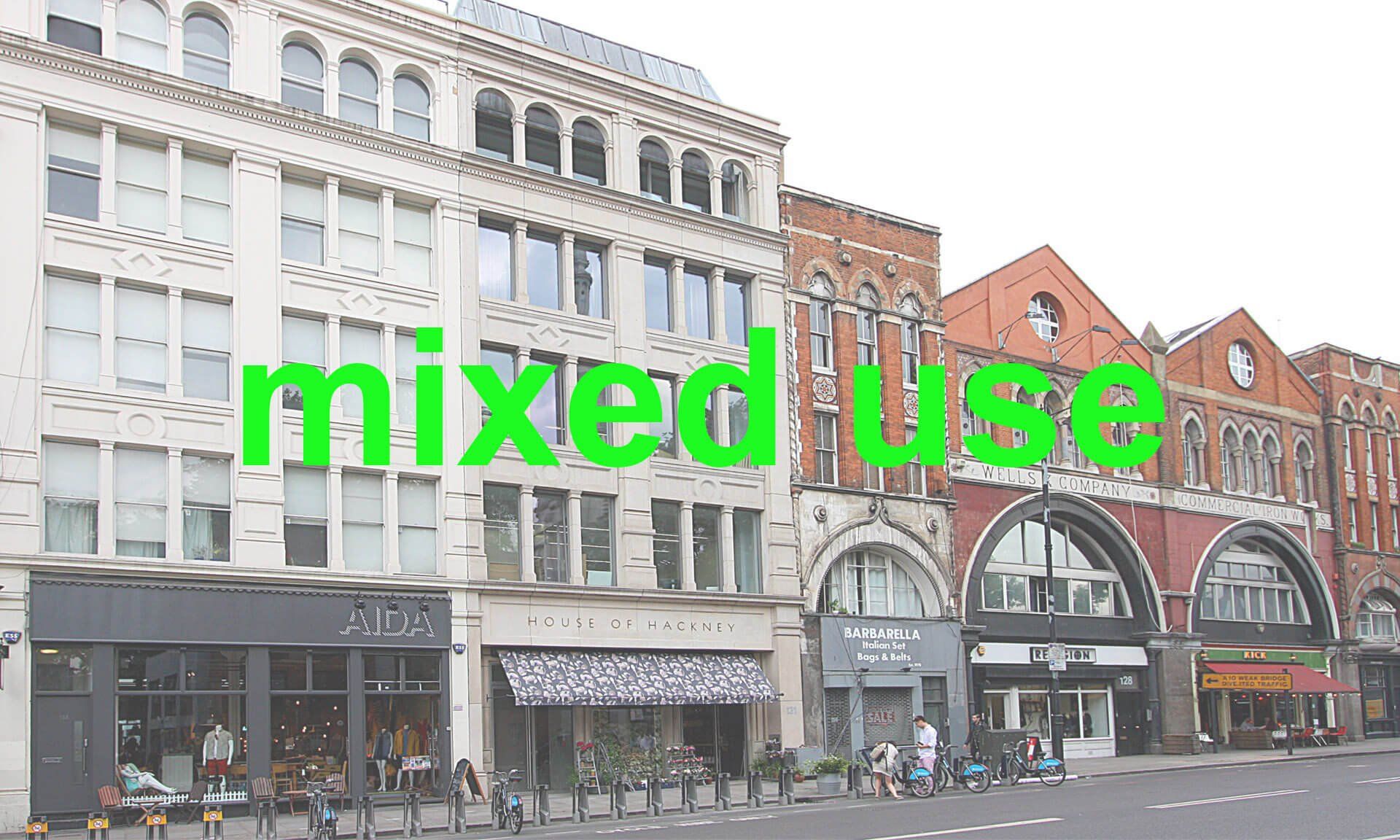
mixed use
Write your caption hereButton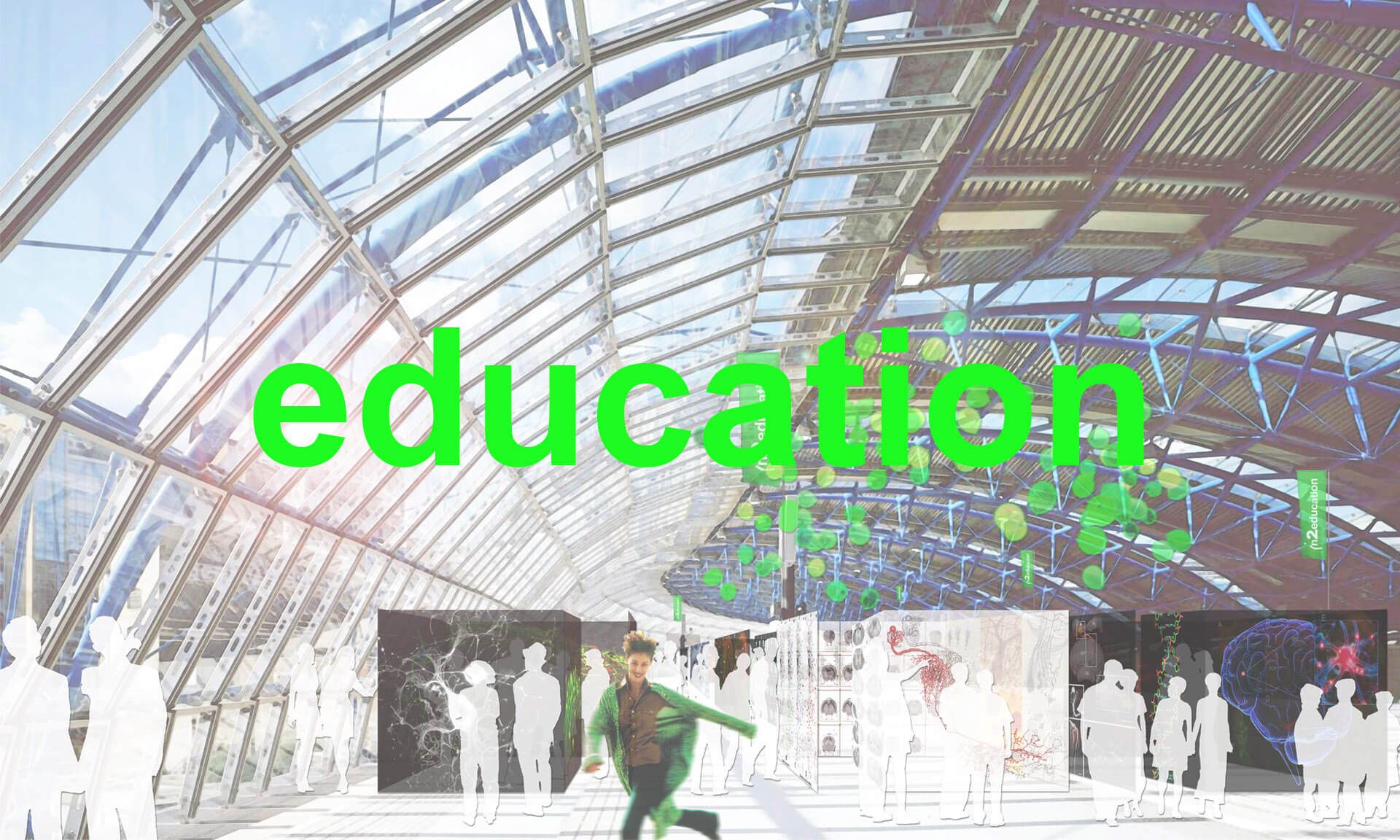
education
Write your caption hereButton
master planner
Write your caption hereButton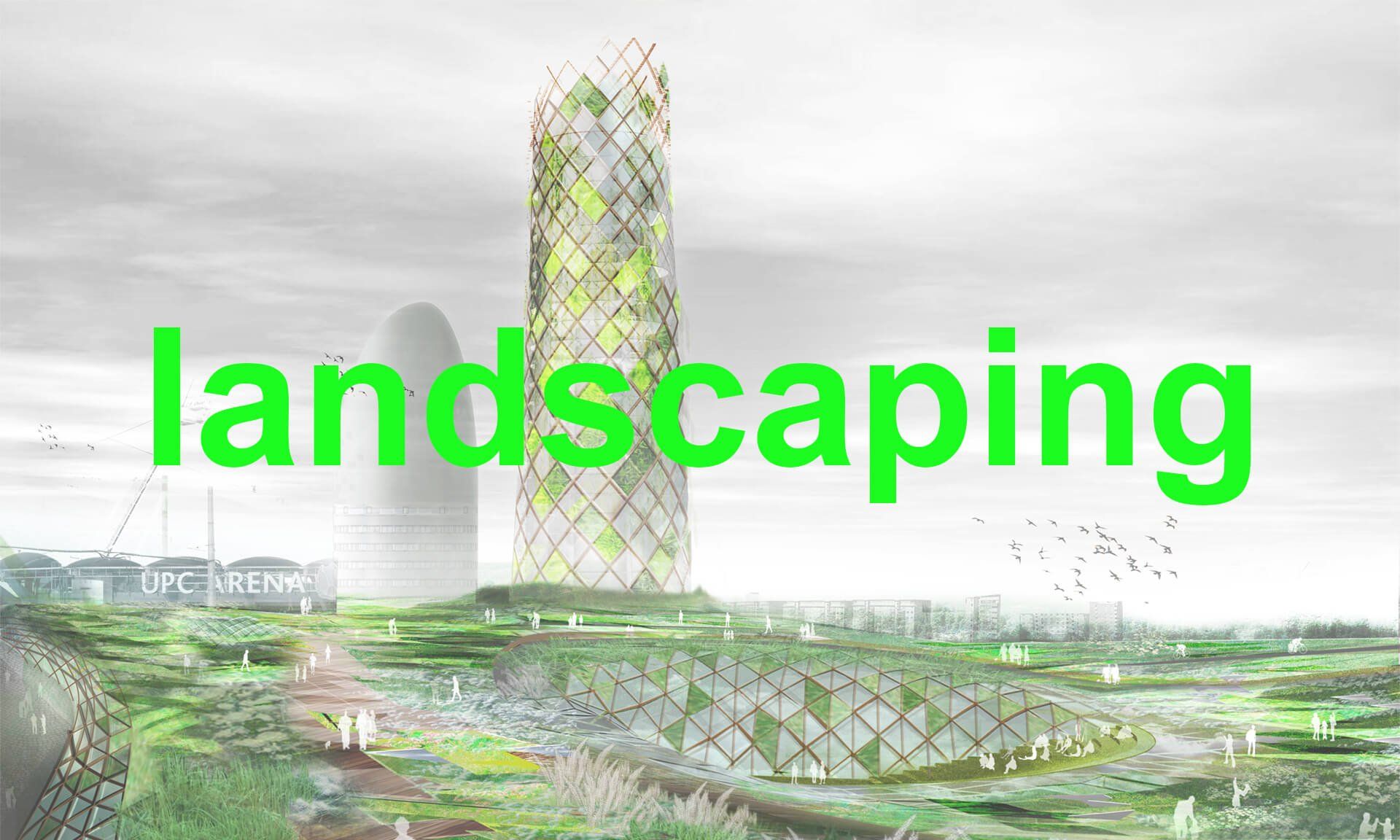
landscaping
Write your caption hereButton
healthcare
Write your caption hereButton
religious
Write your caption hereButton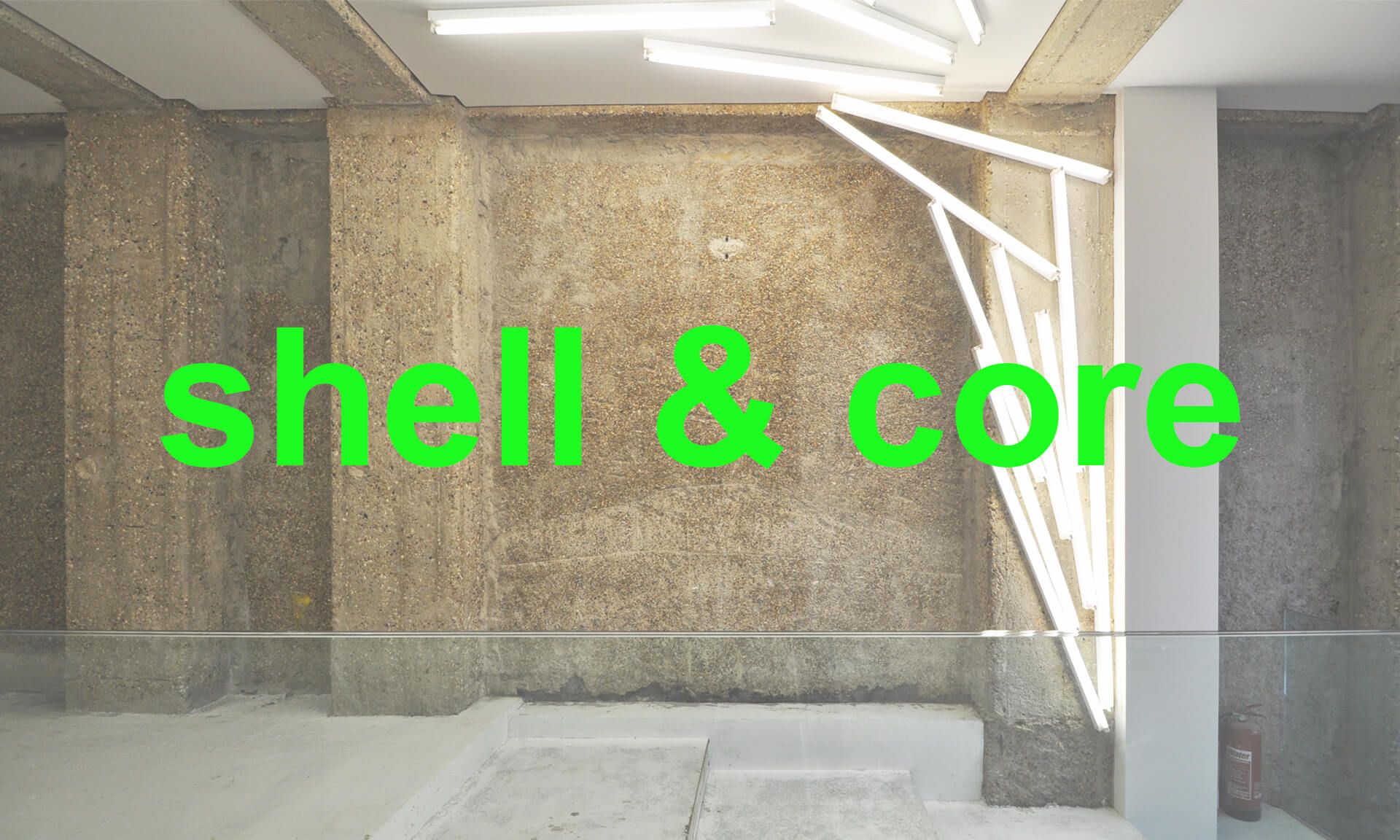
shell & core
Write your caption hereButton
graphics
Write your caption hereButton
research
Write your caption hereButton
projects
in2education - Forgotten Spaces London
The exciting Waterloo International Railway Station that opened in 1994 cost £120 million. After just thirteen years of operation it was closed in 2007. The cost of maintaining the disused platforms up to late 2010 were £4.1 million (according to a Freedom of Information request). To date there is a plan in place to only bring one out of the five platforms back into use. The main space – the level containing the platforms – is a staggering 400m long and an average of 40m wide and is covered by the station’s iconic roof. The existing recesses for the rail tracks are currently preventing a flexible use. This issue can be easily overcome.
It is the aim of this project to make use of at least the four remaining platforms and all the existing facilities on site for a timely cause: in2education. It is the focus of this proposal to seasonally transform Waterloo into an ‘educational platform’ for all. Here institutions, charities and other companies reliant on grants can publicise their educational courses, such as those leading to higher education, to the public.
In this economic climate and with student fees increasing especially students from low income backgrounds are facing a number of challenges when pursuing their interests in education. This is reflected by a report by the Sutton Trust in 2010 that states 'while 96% of privately educated students go onto study at university just 16% of students from poorer backgrounds do the same'. Some of the biggest barriers these students face are the lack of advice and knowledge to apply to courses. in2education provides a space for institutions to meet these and all other students for support and information dissemination.
But in2education is not just about universities. The number of young people aged 16-24 without a job stood at almost 1 million in March 2013 – that’s a youth unemployment rate of a worrying 21%. Apprenticeship schemes are encouraged to showcase themselves to the young generation in order to give them ideas and hope what can be achieved with a combination of education and training.
But again in2education should not stop here: The overall figure of unemployed stands currently around 2.5 million. This event is also an opportunity to provide information on adult learning which should encourage those seeking new prospects.
A hiring fee should be comparatively low attracting ‘knowledge exhibitors’ that are unable to afford a presence at say, the Excel, Earls Court or the Business Design Centre. All necessary additional facilities are already on site: The existing check in points can be utilized for the registration process. There are toilets, catering opportunities, zones to meet and lounge on site. Located in the heart of London and being exceptionally interlinked to different means of public transport it is also easy to reach for people who currently face various barriers in their lives.
The existing recesses in the floor, which contain the train tracks, can be easily covered with temporary metal decks providing a fast, column free, accessible space. A fluid grid work relating back to the building sets out the individual exhibition pavilions and the circulation of the visitors in context of the existing facilities. An ‘information maze’ has been created.
The uniform, 2.2m high and 3x3m G-shaped exhibition stands allow for up to ten informative surfaces and for a more intimate enclosure for face-to-face conversations for a handful of people. The stands are made of acrylic glass enabling flexible approaches in terms of their surface treatment. – They could be clear, translucent or opaque, they could be coloured, they could receive changeable sticky films or they could be laminated containing more sensitive material (IE organic matter of science orientated organisations). They are hinged at their corners allowing them to be structurally stable once locked in position but also easily removed and stored at the end of each event. They could of course also be used during the remainder of the year at other sites.
Intentional gaps in the overall layout allow for small break out and meeting areas. Larger areas can be utilized for public lectures and conferences in addition to the facilities on the lower levels. Additional electrical services could run within the rail track void if required.
Status: Proposal completed.

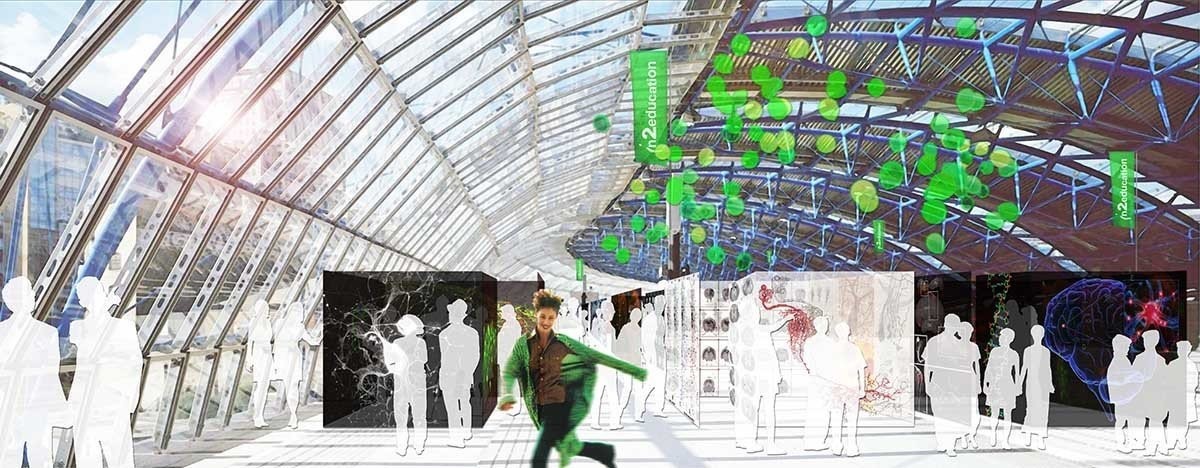

![Gueberwiller: Coexistence [infini] Gueberwiller: Coexistence [infini]](https://d2j6dbq0eux0bg.cloudfront.net/images/17145190/1075451390.jpg)
